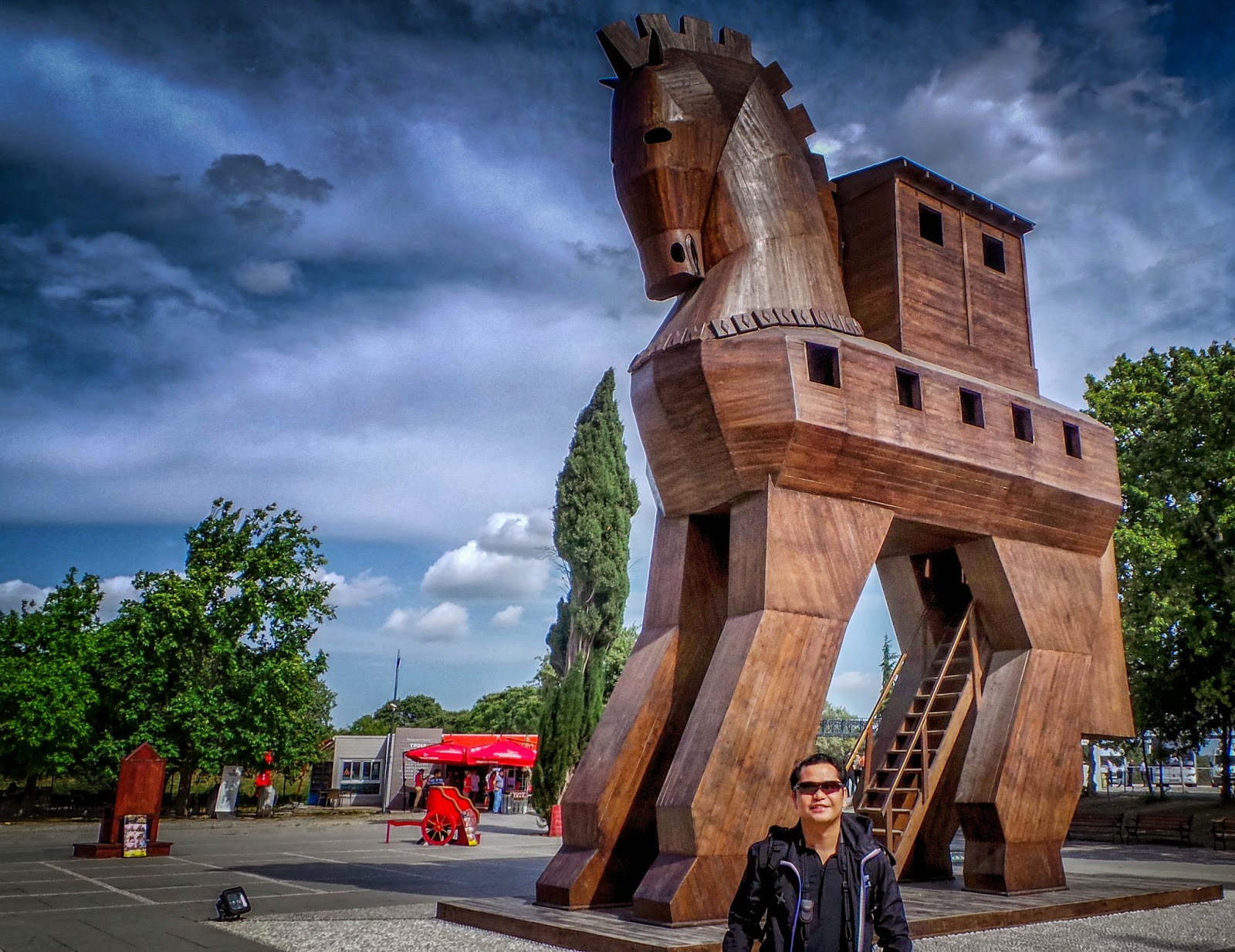The Archeological City of Troy
The archaeological site of Troy is of immense significance in the understanding of the development of European civilization at a critical stage in its early development. It is of exceptional cultural importance because of the profound influence of Homer's Iliad on the creative arts over more than two millennia.
Troy is a unique example in an Aegean context of the oriental city at the junction between Anatolia, the Aegean and the Balkans. It is also probably the most famous archaeological site in the world. It may be considered to represent the starting point for modern archaeology and its public recognition.
The Greek and Roman cities at Troy are represented above all by the sanctuary complex.
Roman urban organization is reflected by two major public buildings on the edge of the agora. The odeion (concert hall) has the traditional horseshoe-shaped plan and tiers of seats made from limestone blocks. The nearby bouleuterion (council house) is smaller but similar in plan. The surrounding landscape contains many important prehistoric and historical sites: cemeteries, Hellenistic burial mounds, Greek and Roman settlements, Roman and Ottoman bridges, etc.
Roman urban organization is reflected by two major public buildings on the edge of the agora. The odeion (concert hall) has the traditional horseshoe-shaped plan and tiers of seats made from limestone blocks. The nearby bouleuterion (council house) is smaller but similar in plan. The surrounding landscape contains many important prehistoric and historical sites: cemeteries, Hellenistic burial mounds, Greek and Roman settlements, Roman and Ottoman bridges, etc.







